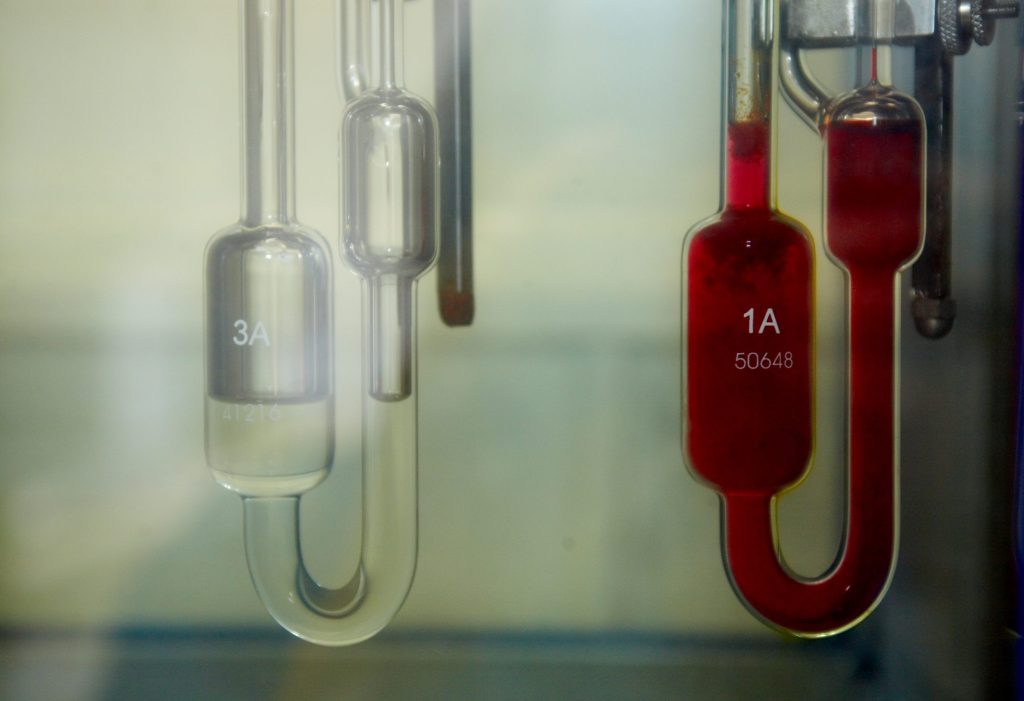For over 40 years, Butterworth Laboratories has provided independent, contract analytical services to the global pharmaceutical and related industries.
Viscosity measurement, what would Newton think? Part 1
2 August 2024
Viscosity determination can cause many problems, mainly due to misunderstandings of the various techniques, such as measurement conditions, settings and units. Let’s see if we can shed some light on the subject.
The pharmaceutical, consumer healthcare and cosmetic industries frequently use excipients to ensure their products have the right thickness to ensure correct flow through manufacture, the correct performance of finished products, and a more prosaic feel for the consumer. Think about how a medicine flows onto a spoon or the thickness of your shampoo. Washing your hair might not be as practical or enjoyable if the shampoo flowed like water!
There are generally two types of viscosity determination performed in pharmaceutical and healthcare laboratories: kinematic or capillary viscosity and apparent or rotational viscosity (other methods, such as falling ball, bubble devices and vibrational indirect viscosity, are used less often).
Kinematic viscosity uses glassware such as Ubbelohde (suspended level) and Ostwald viscometers. It is performed by measuring the time a liquid flows between two points through a capillary of known diameter. From this, using a calibrated viscometer, you can calculate the viscosity, which will be proportional to the flow time. Temperature control is vital as small changes in temperature will affect the reading; apart from a very few exceptions, liquids become less viscous as temperature increases. Units of measure are often mPa.s (millipascal seconds) or Cst (centistokes); these two are equivalent.
This method is applicable if you are determining the viscosity of a Newtonian liquid, but what does that mean? A fluid that follows Newton’s law of viscosity is one unaffected by shear rate, so the viscosity remains constant regardless of how much it is being stirred or how rapidly it is flowing, for example.
In practical terms, this means that if you perform kinematic viscosity on the same Newtonian liquid using two different diameter capillaries, you should get the same result. Silicone oils are often used as viscosity standards because they are Newtonian liquids. If the liquid is non-Newtonian, you may get a different reading from different diameter viscometers, so it is important that methods specify which viscometer to use.
If you are performing rotational viscosity and your solution is non-Newtonian, things can get really interesting. I will discuss this further in Part 2 and also discuss all important sample preparation.